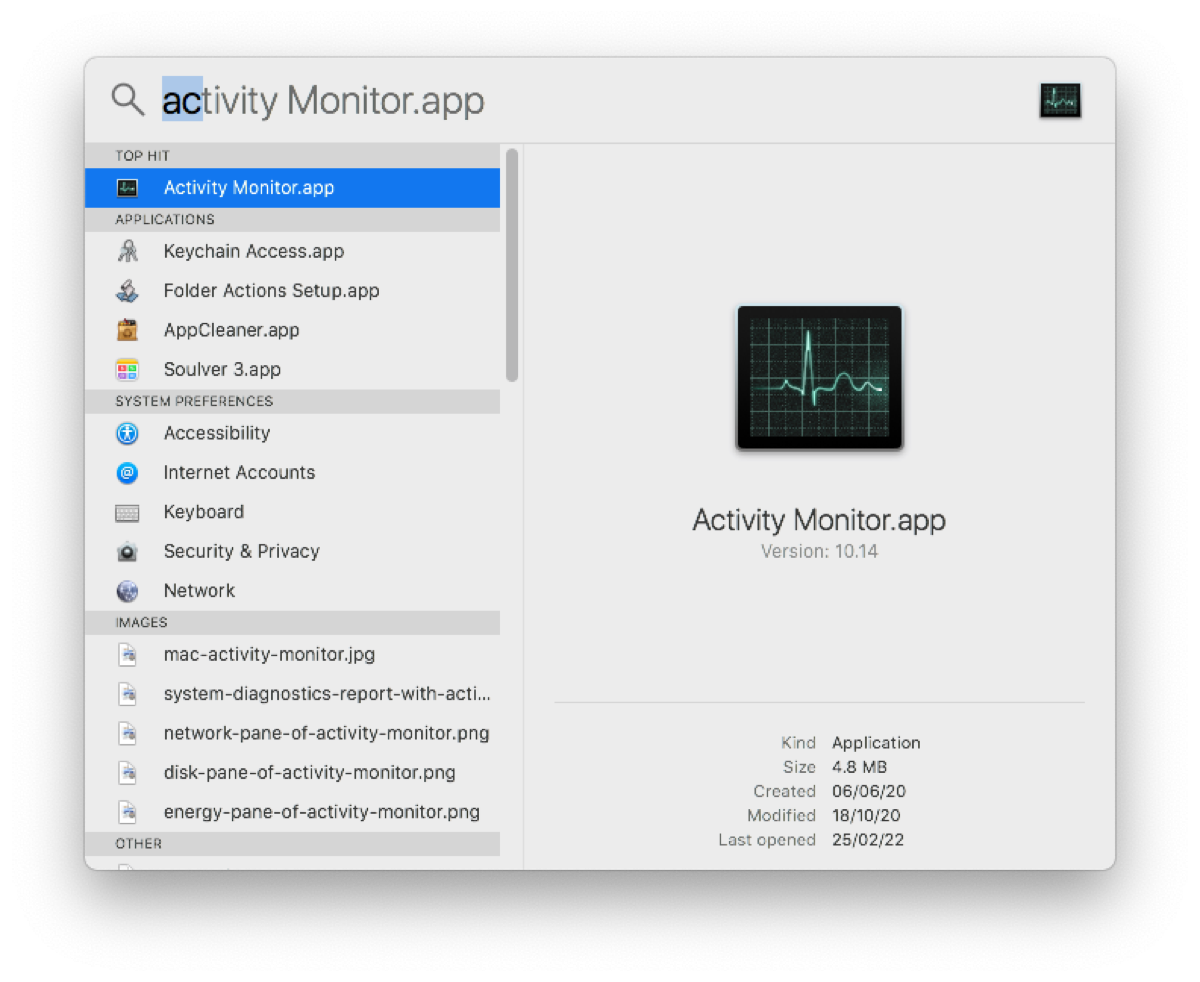

- ACTIVITY MONITOR MAC MAVERICKS HOW TO
- ACTIVITY MONITOR MAC MAVERICKS INSTALL
- ACTIVITY MONITOR MAC MAVERICKS ARCHIVE
- ACTIVITY MONITOR MAC MAVERICKS FOR ANDROID
ACTIVITY MONITOR MAC MAVERICKS HOW TO
ACTIVITY MONITOR MAC MAVERICKS FOR ANDROID
ACTIVITY MONITOR MAC MAVERICKS ARCHIVE
Try to ensure around 10 percent of your drive is empty - if it's not then archive or delete old files (empty the Downloads folder for a start).Īpps like Gemini will search for and delete duplicate files. Now access the View menu and select Show Status Bar - the amount of free space you have available appears at the bottom of the Finder window. That's fine when you have plenty of space, but a problem when you don't.Ĭheck available drive space by opening a Finder window.

It will "cache" data between the two when you use applications. OS X swaps data between RAM and hard drive during normal use. You may also see performance degradation if Spotlight tries to index an external drive.Ĭheck if Spotlight's slowing your system by clicking on the Spotlight menu: If you see an indexing status bar then your Mac is indexing, which can take time. Spotlight indexes drive contents, but automatically reindexes following an OS install. Mavericks installers complained Spotlight slowed their systems when they upgraded. Don't buy from Apple - you'll find better deals from Crucial.
ACTIVITY MONITOR MAC MAVERICKS INSTALL
The best step is to install as much RAM as you can afford into your Mac (up to the maximum). To maximize the value of my memory I use the free Memory Cleaner app to flush RAM that might not have been released by applications. Some Websites also use more memory when left open. Relaunch your browser: these consume increasing quantities of RAM the longer they are left open. (You may also want to read "OS X Mavericks: What is Activity Monitor?" at this point.) How much free memory do you have? To get memory back, quit apps you aren't using. You can check if RAM is impacting performance using Activity Monitor and selecting the System Memory tab. When you don't have enough then apps use virtual (disk-based) memory, which is slower. The best way to accelerate any Mac is to install more RAM.


 0 kommentar(er)
0 kommentar(er)
